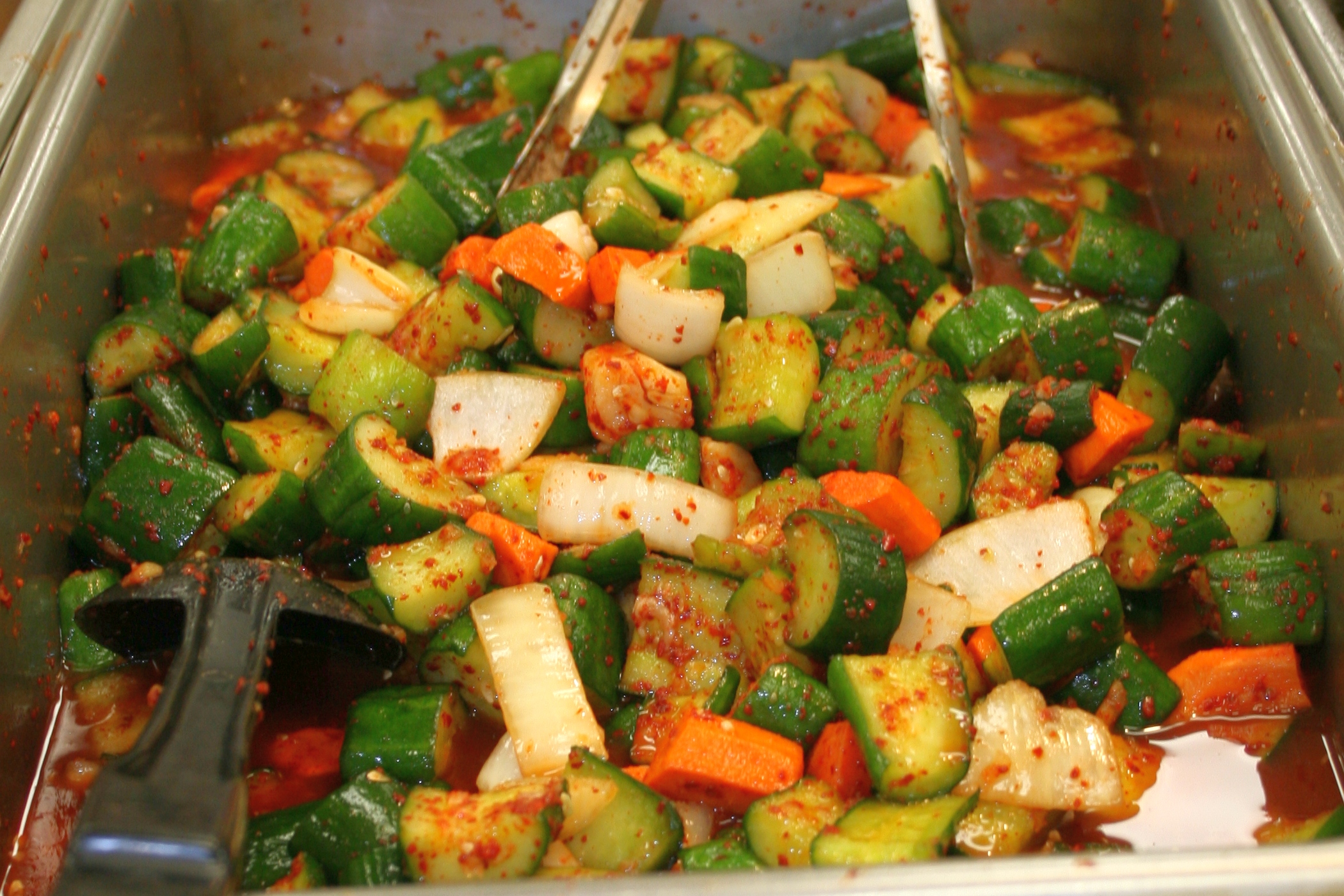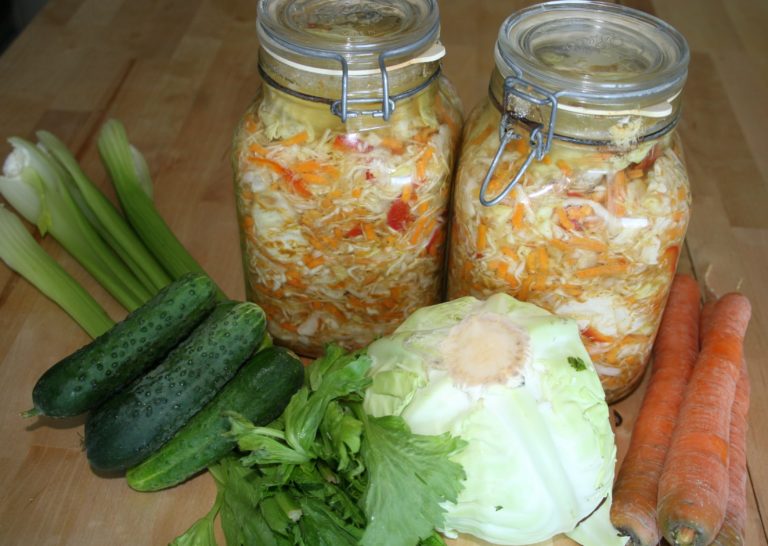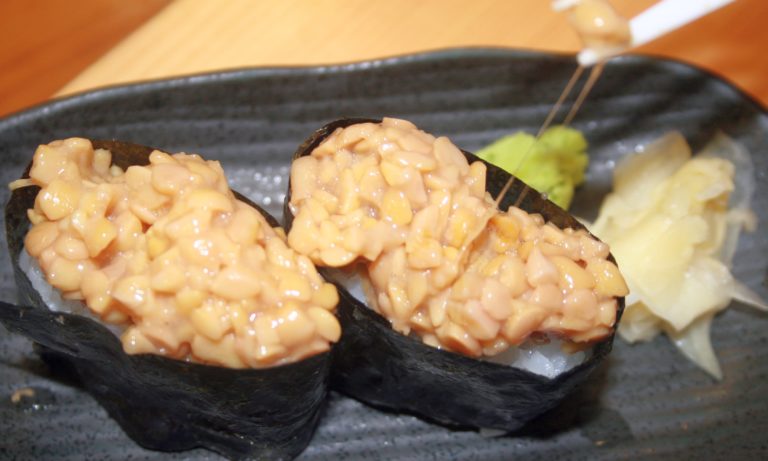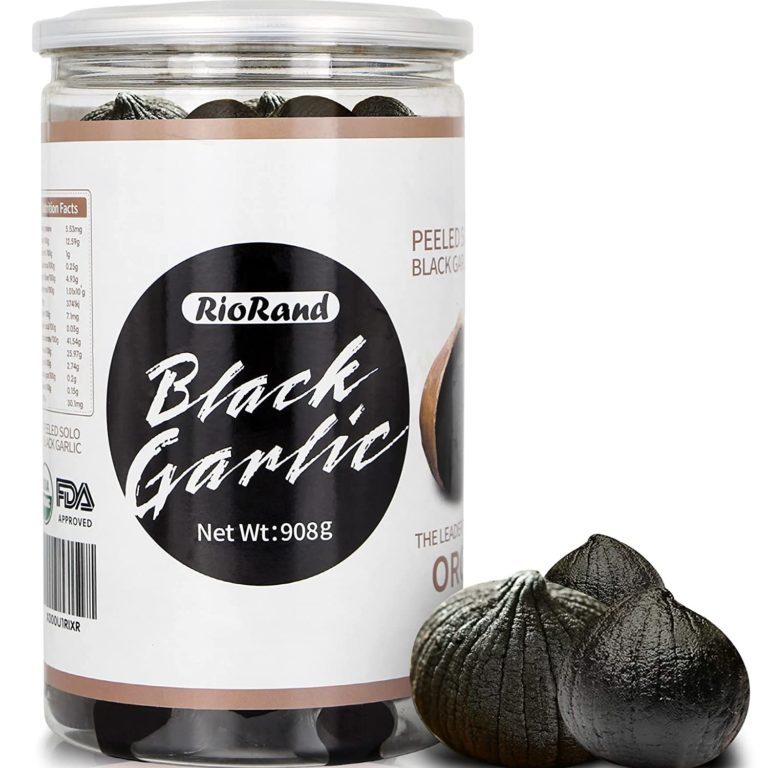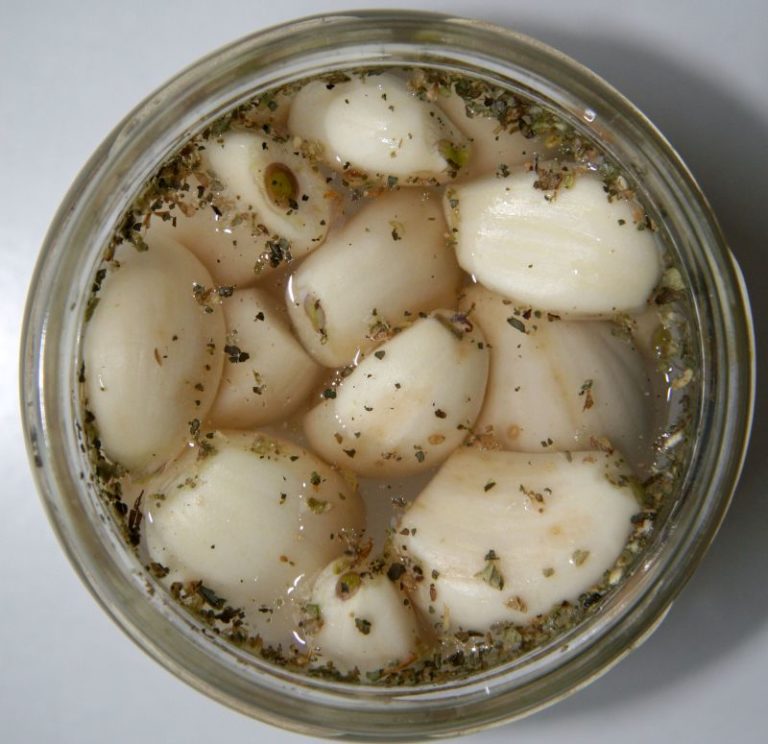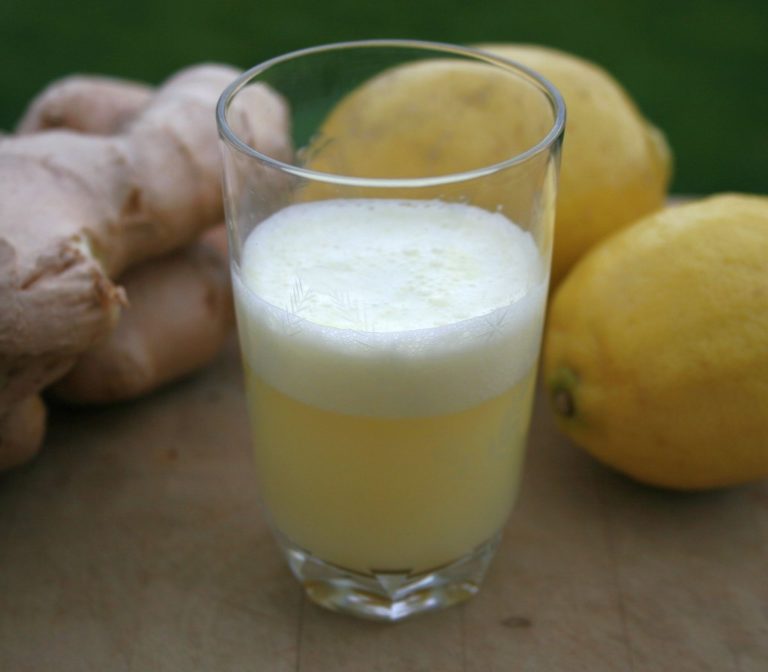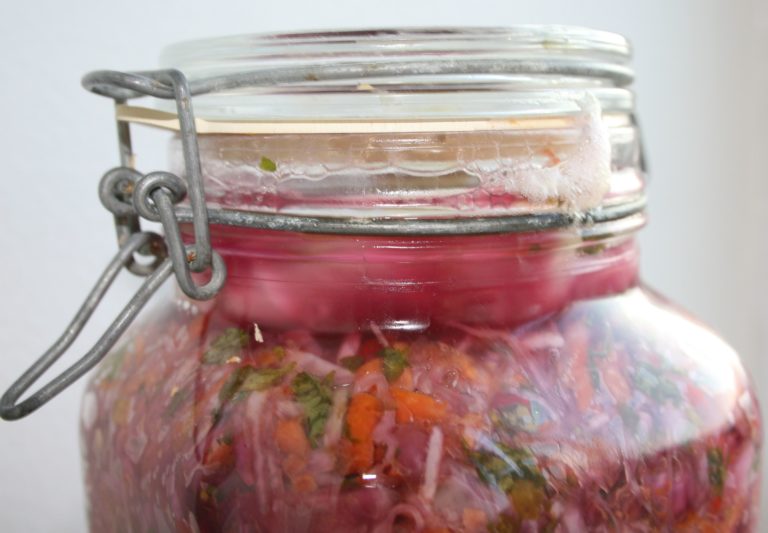Kimchi Recipe for Beginners | A Zesty, Fermented Delicacy
If you are fond of zesty delicacies, then try this Korean kimchi recipe. It might even become a favorite. The kimchi recipes in this post are simple to prepare and flexible to fit most tastes.
What is kimchi?
Kimchi can be described as fermented vegetables similar to sauerkraut, just much more zesty. Kimchi recipes come in many different variations, often fermented, but not always. It has a distinctive flavor of garlic and hot pepper.
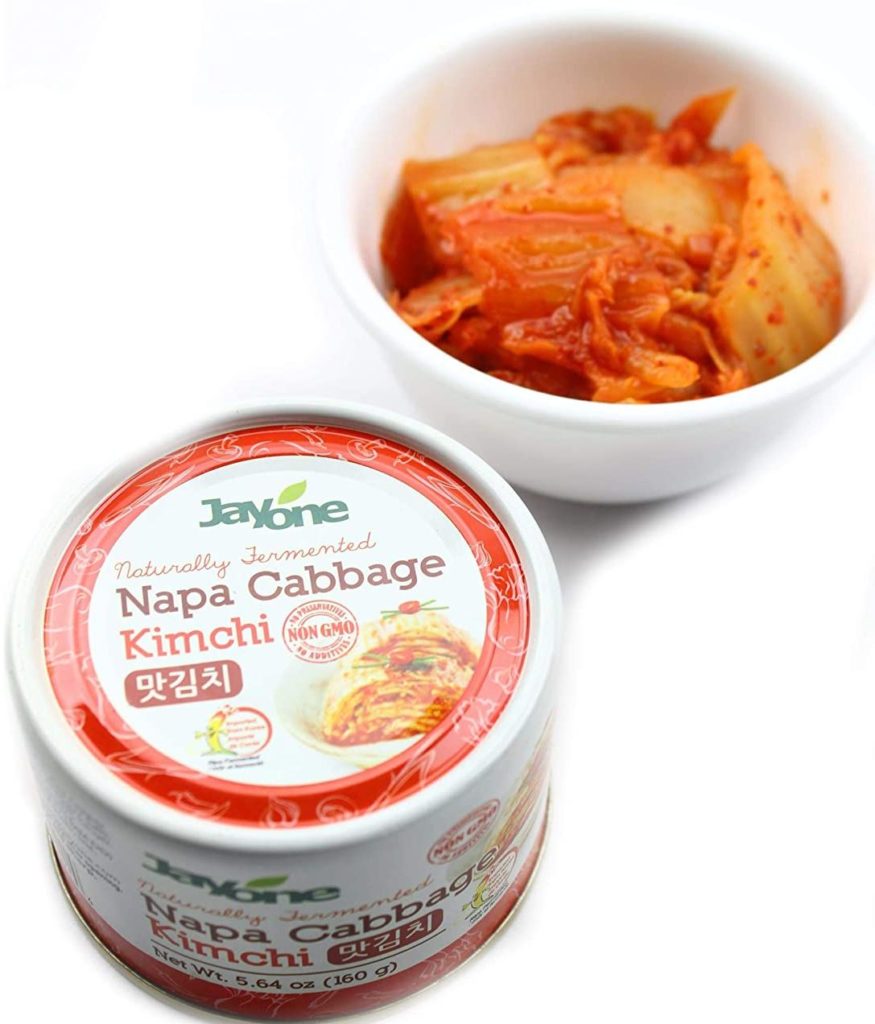
Lovers of this full-flavored dish feel sheer delight about this assault on their senses, and they keep coming back for more. A nice thing with kimchi is that it goes well with almost any other food.
The secrets of making delicious kimchi were traditionally handed down from mother to daughter and are still the pride of some families. In fact, how well it is made is used as the benchmark for a good cook.
You might also like to try this:
Kimchi recipes are flexible
When vegetables are preserved in salt, they become crispier. Salt suppresses harmful microorganisms and promotes friendly bacteria. Fermentation produces amino acids, lactic acid, and other substances. Therefore, kimchi has a unique taste that’s different from the taste of fresh vegetables.
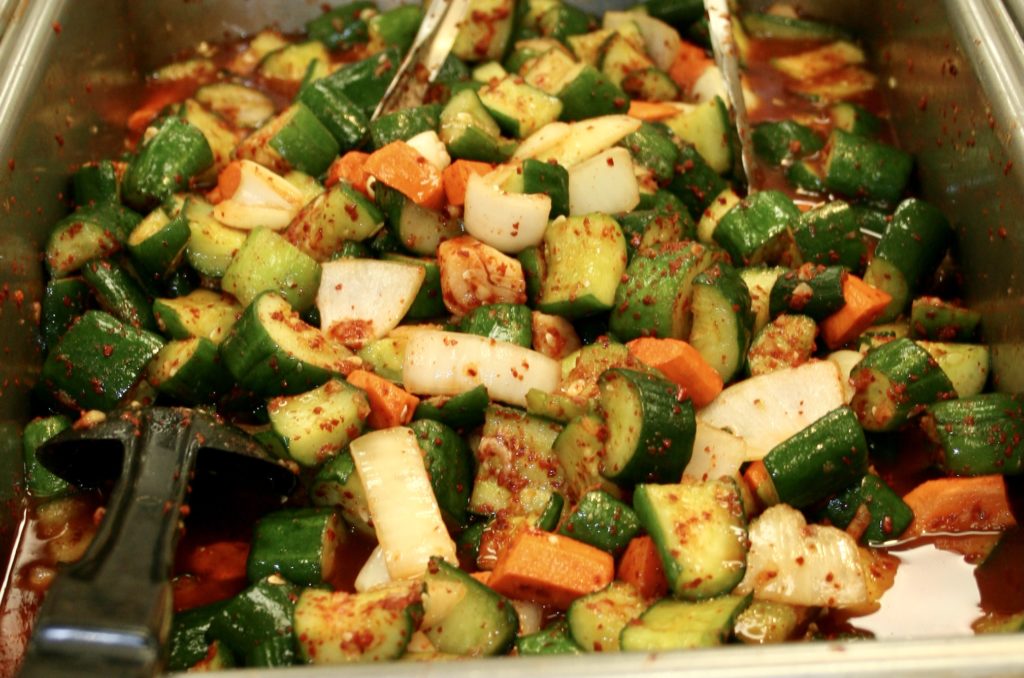
You can easily create your own kimchi recipe. What can you add? Green onions, carrots, leeks, ginger, sesame seeds, pears, oysters, salted baby shrimps, chestnuts, abalone, pine nuts, seaweed, and much more. Kimchi can be tailored to suit any taste.
Many people eat kimchi and rice much the same as others enjoy bread and butter, or bacon and eggs. The neutral flavor of rice together with the zesty, salty flavors of kimchi is a perfect marriage.
Basic kimchi recipe
- 1 napa cabbage (about 1 kg, 2 pounds)
- 1/2 cup sea salt (1.5 dl)
- 6 cloves grated garlic
- 1 inch grated ginger
- 1 teaspoon sugar
- 1 tablespoon fish sauce (or just water)
- 2-4 tablespoons red pepper (Korean style is best)
- 6-8 ounces of radish (200 grams)
- 4 scallions cut into small pieces
Instruction
- Cut the cabbage and place it in a bowl. Add salt and water to cover the cabbage. Set aside for at least one hour.
- Remove the water and rinse the cabbage in colander.
- Mix ingredients (except cabbage, scallions, and red pepper) in a bowl until it becomes a paste. You may want to use gloves.
- Add red pepper, stir.
- Add cabbage and scallions and mix well.
- Pack a jar with the mix, but not completely full.
- Leave the jar at room temperature to ferment for 3-5 days.
- Start tasting after two days. Refrigerate when you think it’s ready.
Try it out
Fermented foods are very popular for good reasons and the demand for kimchi has increased. Kimchi recipes are also good for those on a low-carb keto diet. Some say that kimchi is great to eat together with natto.
Now it’s your turn. Get the ingredients and try a batch of the classic kimchi recipe above. Who knows, you might get hooked right away.
